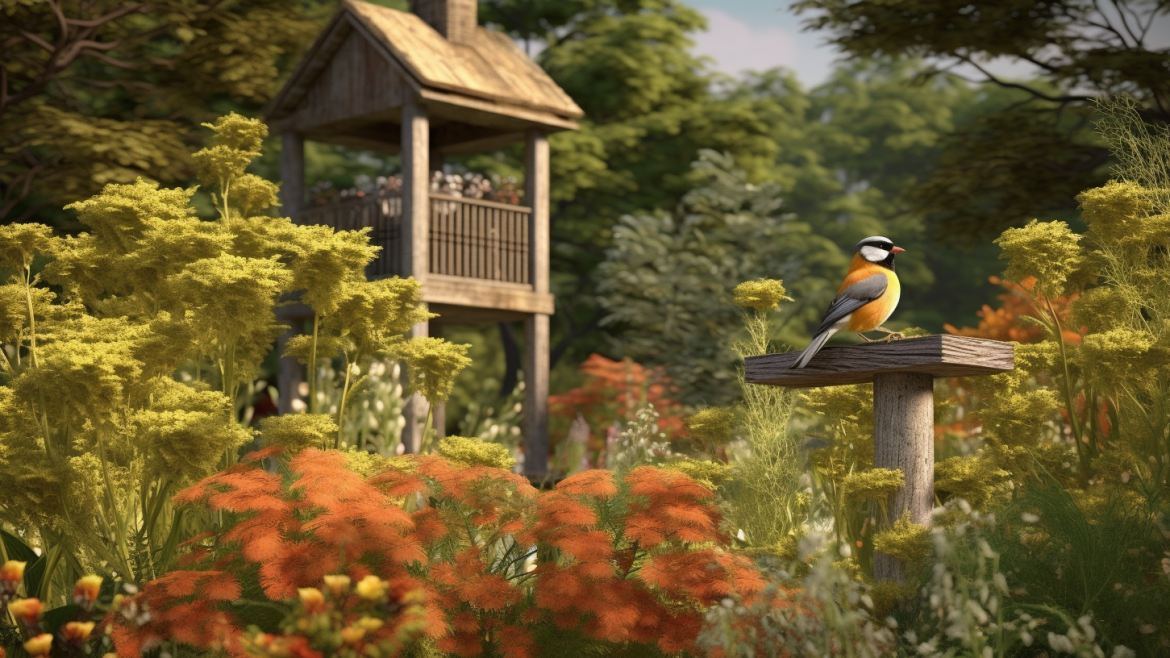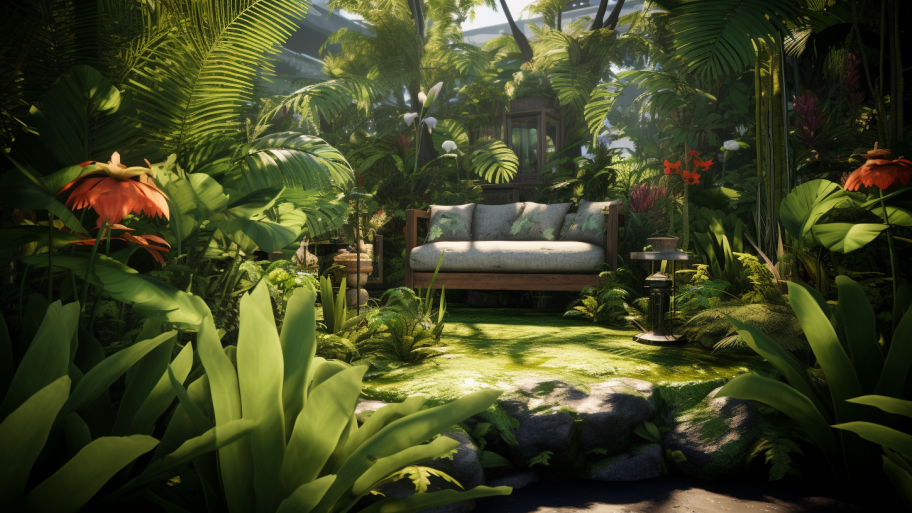Birds are the maestros of nature’s symphony, enchanting us with their melodious songs and dazzling displays. In the first article of our series, we discussed how to create a bird-friendly garden that caters to the diverse needs of our feathered friends. Now, let us venture deeper into the realm of avian architecture, exploring how to provide safe, cozy nesting sites and shelters that will entice birds to make your garden their home.
Offering Safe and Cozy Nesting Sites
Each bird species has unique nesting preferences, from the elaborate woven nests of the Baltimore oriole to the simple ground scrapes of the killdeer. To accommodate these varied tastes, consider incorporating a range of nesting sites within your garden.
For example, dense shrubs and tall grasses can provide ground-dwelling birds with the perfect cover to build their nests, while the branching structure of trees and larger shrubs can offer ideal nesting platforms for tree-nesting species. By observing the natural nesting habits of the birds that visit your garden, you can create a diverse and welcoming environment that caters to their specific needs.
Creating Bird-Friendly Shelter Options
In addition to nesting sites, birds require shelter from predators, harsh weather, and other environmental stressors. By incorporating a variety of shelter options in your garden, you’ll create a sanctuary that meets the needs of your avian visitors throughout the year.
Evergreen trees and shrubs can offer year-round protection from the elements, providing a dense canopy for birds to take refuge in during storms and a warm, sheltered spot to roost during the cold winter months. Deciduous trees and shrubs, on the other hand, can create a cool, shaded retreat for birds seeking respite from the summer heat.
The Benefits of Birdhouses and Nesting Boxes
Adding birdhouses and nesting boxes to your garden is another excellent way to provide birds with safe, cozy nesting sites. From the rustic charm of a wooden bluebird box to the sleek, modern design of a ceramic swallow house, there’s a birdhouse to suit every style and budget.
When choosing a birdhouse, consider the specific needs of the species you’d like to attract. Different birds require different entrance hole sizes, cavity depths, and mounting heights, so it’s essential to do some research to find the perfect birdhouse for your intended residents.
With the right combination of nesting sites, shelter options, and birdhouses, your garden will soon become a bustling metropolis of avian life. As you observe the fascinating behaviors and social dynamics of your new neighbors, you’ll gain a deeper appreciation for the intricate, interconnected world of nature.
As your bird sanctuary flourishes, don’t forget to add the final touches that will truly make your garden a haven for birds. In our final article, “The Watering Hole: Transform Your Garden into a Bird Paradise,” we’ll explore the importance of water in bird gardens and delve into the world of bird baths, fountains, and ponds. With the addition of these enchanting water features, your garden will not only be a sanctuary for birds but a place of serenity and beauty for you to enjoy as well.




